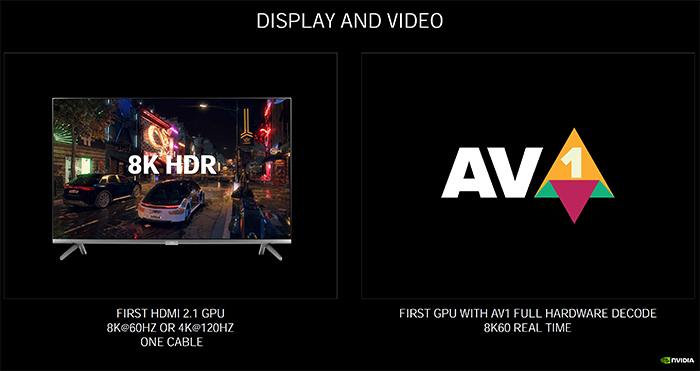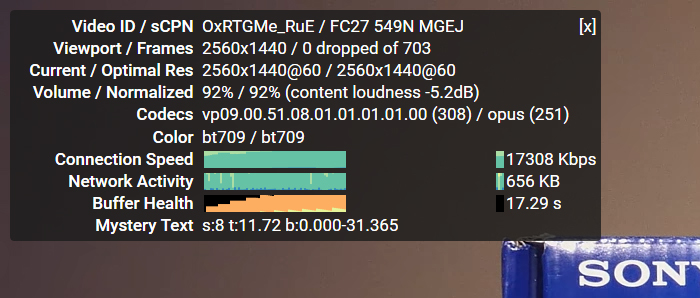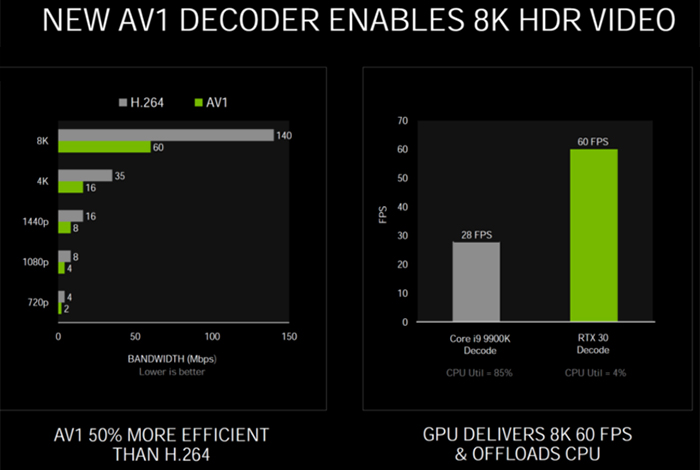Microsoft has outlined the PC system requirements to play back AV1 format videos with hardware acceleration on Windows 10. In brief, users will need the very latest GPUs from Intel, Nvidia or AMD to playback AV1 files, decoded in hardware. In AMD's case the hardware hasn't even been released yet - the Navi 2X GPUs. Nvidia is hardly in a better position though, as currently only the high-end Ampere GPUs have been launched, and these are hard to find, a situation which is tipped to continue into 2021.
Microsoft's Hardware Accelerated AV1 Video requirements:
- One of these new GPUs or CPUs:
- 11th Gen Intel Core processors with Intel Iris Xe Graphics
- Nvidia GeForce RTX 30 Series GPUs
- AMD Radeon RX 6000 Series Graphics (coming soon)
- Windows 10 build 1909 or later
- The AV1 Video Extension
- A web browser or other application with hardware acceleration support for AV1, including apps built on top of Media Foundation
- As is common with new features like this, you may need to update your graphics driver from time to time to get the latest features and improvements.
So, why would you care about Hardware Accelerated AV1 Video? First of all, the codec holds promise to deliver up to 50 per cent better compression than H.264 and 20 per cent better than VP9 for the same video content. Those two links take you to Facebook and Netflix developer pages, respectively, for a deeper dive into the codec and platform testing. AV1 has been developed as the successor to VP9 by the Alliance for Open Media and it is an open, royalty-free video coding format.

Another big streaming video player, YouTube, already hosts Av1 videos, and you can see which ones by toggling 'Stats for nerds' on playback. I've had a look through my suggested videos on YouTube right now and perhaps a quarter of the new ones used the AV1 codec, though my 1440p 60fps playback was not hardware accelerated it was smooth and fine, with no dropped frames or other problems.

Smaller file sizes for the same content should make for a smoother streaming experience, or alternatively you can stream in higher resolutions/quality. Microsoft says that GPU hardware acceleration for the AV1 format will shift decode from software to the GPU and typically reduces system power consumption, which is of particular benefit to mobile users. On the topic of mobile, AV1 has been supported in Android since v10 of the OS, and it can be hardware accelerated in devices with MediaTek Dimensity 1000 and Rockchip RK3588 SoCs.

An image format based upon the AV1 compression algorithms called AVIF is set to become popular too.













